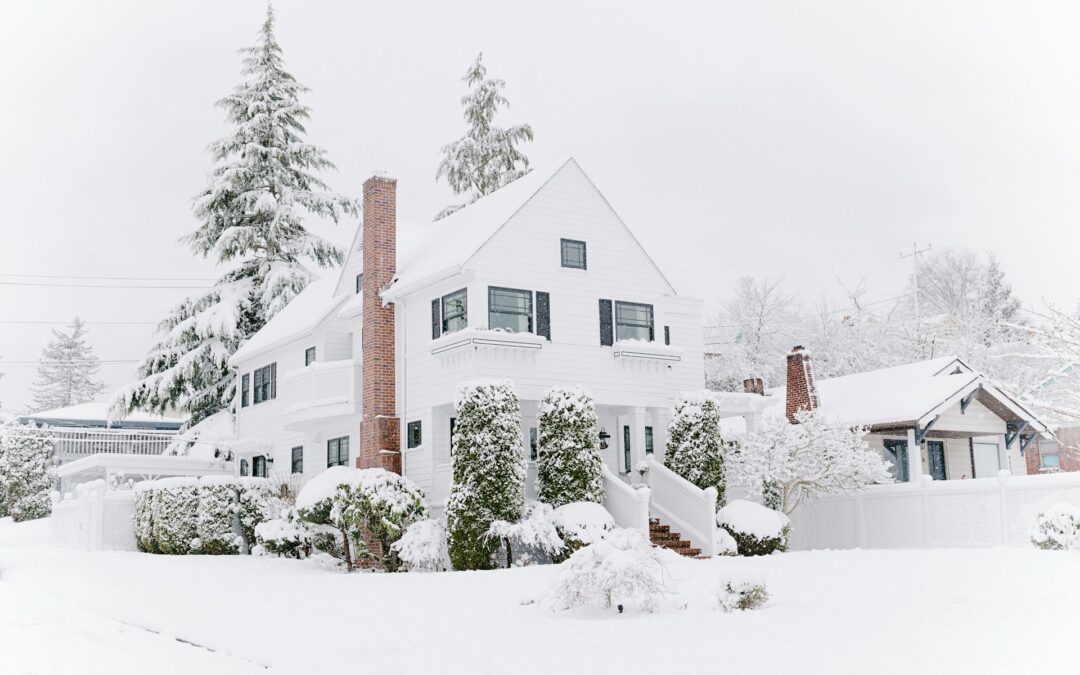Don’t wait until winter is upon you—start preparing your roof today!
As winter approaches, it’s essential to take proactive steps to protect your home from the harsh weather conditions that accompany the season. Your roof, in particular, plays a crucial role in safeguarding your home against snow, ice, and freezing temperatures. By preparing your roof for winter weather, you can prevent costly damage and ensure your home remains warm, dry, and secure throughout the colder months. In this article, we’ll discuss essential tips for winterizing your roof and minimizing the risk of winter-related issues.
- Inspect Your Roof: Start by conducting a thorough inspection of your roof to identify any existing damage or potential vulnerabilities. Look for missing or damaged shingles, signs of water damage or leakage, and areas where debris or vegetation may have accumulated. Addressing these issues before winter arrives can prevent them from worsening and causing more significant problems down the line.
- Clean Gutters and Downspouts: Clogged gutters and downspouts can prevent proper drainage of melting snow and ice, leading to water backup and potential roof leaks. Before winter weather sets in, take the time to clean out your gutters and downspouts, removing leaves, twigs, and other debris. Consider installing gutter guards to help prevent future clogs and ensure water can flow freely away from your home.
- Trim Overhanging Branches: Overhanging tree branches can pose a risk to your roof during winter storms, especially if heavy snow or ice causes them to break and fall. Trim back any branches that hang over your roof, keeping them at least several feet away to prevent damage from falling limbs. Additionally, removing dead or weak branches can reduce the risk of them breaking off and causing harm to your roof or property.
- Inspect and Seal Flashing: Flashing is the metal material installed around roof penetrations, such as chimneys, vents, and skylights, to prevent water infiltration. Check the condition of your flashing and ensure it is properly sealed and secure. Repair any loose or damaged flashing and apply fresh sealant as needed to prevent leaks and water damage during winter weather.
- Check Attic Insulation and Ventilation: Adequate attic insulation and ventilation are essential for maintaining a consistent temperature and preventing ice dams on your roof. Inspect your attic insulation to ensure it is sufficient and evenly distributed, adding more if necessary to improve energy efficiency and prevent heat loss. Additionally, check attic vents and make sure they are clear of debris to allow for proper airflow and ventilation.
- Install Snow Guards or Snow Retention Systems: In regions prone to heavy snowfall, installing snow guards or snow retention systems on your roof can help prevent snow accumulation and reduce the risk of ice dams. These devices are typically installed along the eaves of the roof to hold snow in place and prevent it from sliding off in large, potentially dangerous chunks.
- Schedule a Professional Roof Inspection: If you’re unsure about the condition of your roof or if it’s been several years since your last inspection, consider scheduling a professional roof inspection before winter arrives. A qualified roofing contractor can identify any underlying issues or potential hazards and recommend necessary repairs or maintenance to ensure your roof is ready for winter weather.
By following these tips to prepare your roof for winter weather, you can minimize the risk of damage and ensure your home remains safe and secure throughout the colder months. Taking proactive steps to inspect, clean, and maintain your roof can help prevent costly repairs and preserve the integrity of your home’s most important protective barrier. Don’t wait until winter weather is upon you—start preparing your roof today to enjoy a warm, dry, and worry-free winter season.


Recent Comments